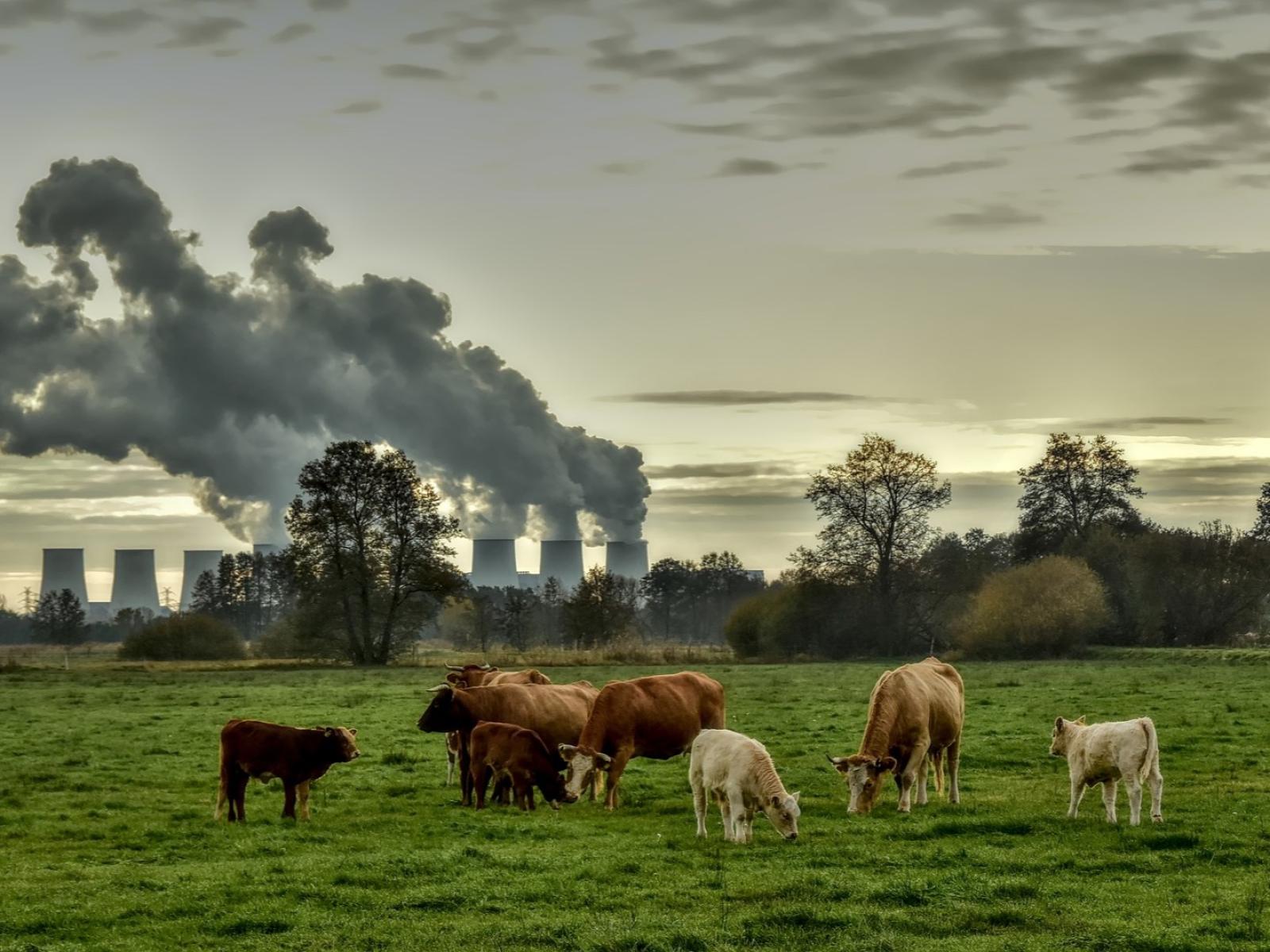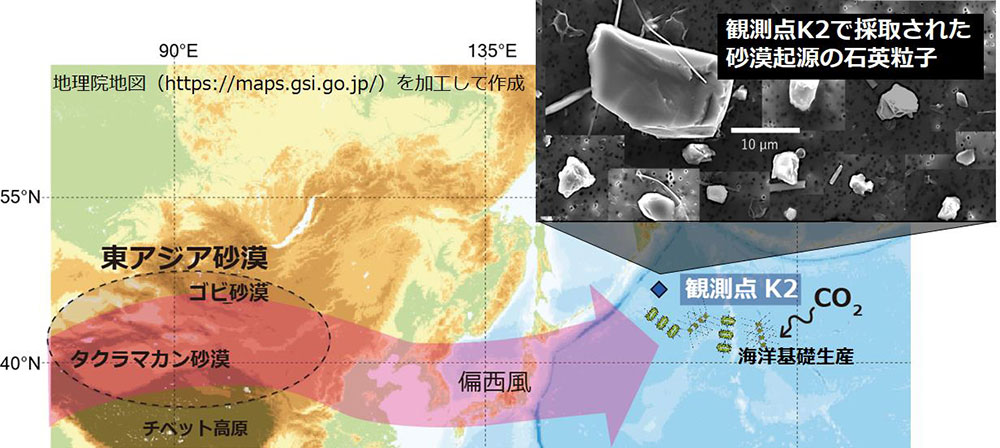2023-09-29 ノースウェスタン大学
◆研究では、グリーンランドの4つの湖の底に埋まった堆積物内に保存されていた、ワックスで覆われた葉の有機分子を調査しました。これらのワックスのバイオマーカーは、かつて一般的な水生褐色のコケの一部でした。バイオマーカーの研究により、中期ホロセン期の温暖化が、グリーンランドの幅広い気候の湖でメタンを生成させたことがわかりました。このメタンは、二酸化炭素よりも温室効果ガスとしてはるかに効果的であるため、温暖化に伴うメタン生成の変化を理解することは重要です。研究は、科学アドバンス誌に2023年9月29日に掲載されました。
<関連情報>
- https://news.northwestern.edu/stories/2023/09/ancient-plant-wax-reveals-how-global-warming-affects-methane-in-arctic-lakes/
- https://www.science.org/doi/10.1126/sciadv.adh9704
グリーンランド湖の水生植物ワックス水素同位体と炭素同位体は、過去の完新世の温暖化におけるメタン循環のシフトを記録する Aquatic plant wax hydrogen and carbon isotopes in Greenland lakes record shifts in methane cycling during past Holocene warming
Jamie M. McFarlin,Yarrow Axford,Stephanie Kusch,Andrew L. Masterson,G. Everett Lasher,Magdalena R. Osburn
Science Advances Published:29 Sep 2023
DOI:https://doi.org/10.1126/sciadv.adh9704

Abstract
Predicting changes to methane cycling in Arctic lakes is of global concern in a warming world but records constraining lake methane dynamics with past warming are rare. Here, we demonstrate that the hydrogen isotopic composition (δ2H) of mid-chain waxes derived from aquatic moss clearly decouples from precipitation during past Holocene warmth and instead records incorporation of methane in plant biomass. Trends in δ2Hmoss and δ13Cmoss values point to widespread Middle Holocene (11,700 to 4200 years ago) shifts in lake methane cycling across Greenland during millennia of elevated summer temperatures, heightened productivity, and lowered hypolimnetic oxygen. These data reveal ongoing warming may lead to increases in methane-derived C in many Arctic lakes, including lakes where methane is not a major component of the C cycle today. This work highlights a previously unrecognized mechanism influencing δ2H values of mid-chain wax and draws attention to the unquantified role of common aquatic mosses as a potentially important sink of lake methane across the Arctic.



